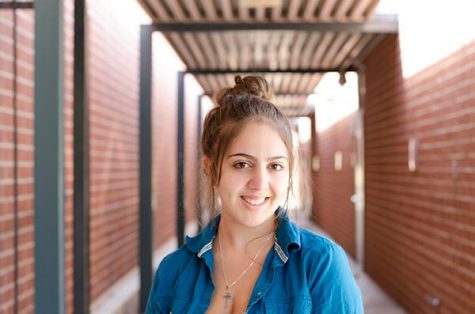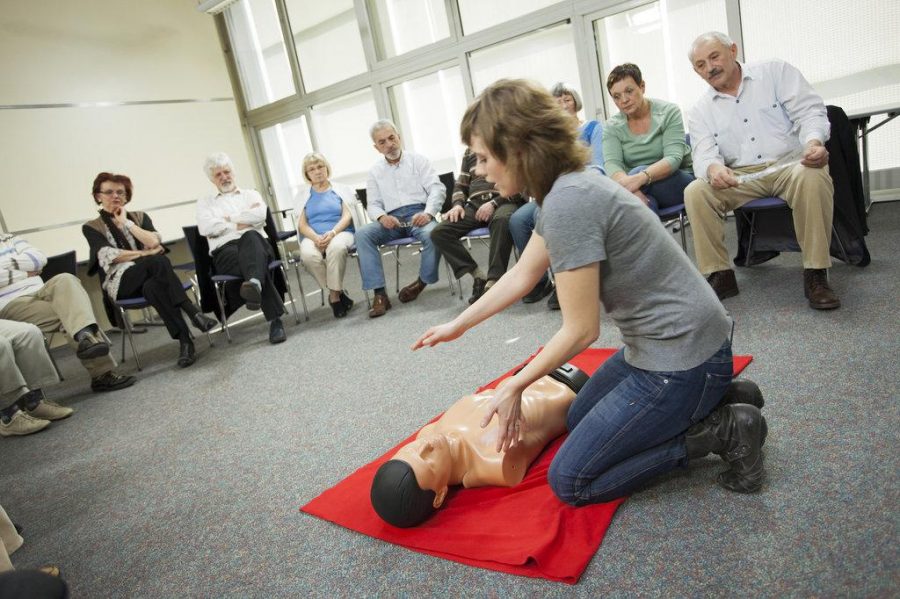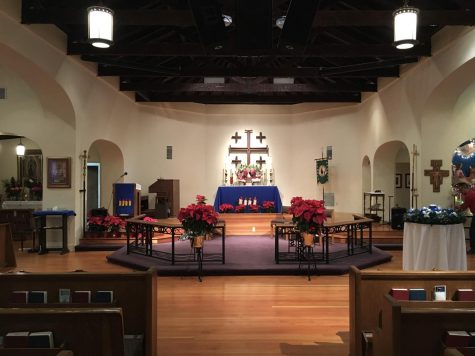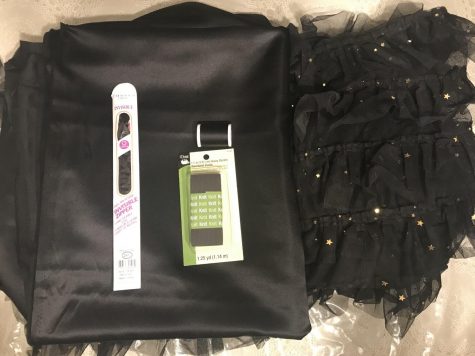Saving lives one class at a time
American Red Cross first aid classes help train first responders
“It was insane,” said Clark junior Thomas Zohrabyan, describing his mother’s near-death experience as a consequence of entering cardiac arrest in 2009. Thereafter he quickly enrolled himself in a first aid class and encouraged those around him to do so as well. “I felt like I was losing my mom by the minute,” Zohrabyan said. “I was so relieved when she recovered. I don’t wish that type of terrible anxiety upon anyone, which is why I sternly advocate for people to educate themselves on how to help in the moment.”
Like Zohrabyan, over 9 million Americans enroll themselves in first aid training classes annually, according to the American Red Cross. First aid training classes are designed to help people become first responders to provide help in the cases of slips and falls, car accidents, cuts and bruises, head trauma, cardiac arrest or blocked airways.
Senior Natalie Isayan has also taken first aid and CPR certification classes with the American Heart Association. Isayan said that she had always had a phobia of choking, and this sparked her interest in first aid. “I always have the assurance of safety for myself and everyone around me, and it feels good,” she said. “I can’t really explain the feeling of knowing you can always help in the case of an emergency, it’s like total satisfaction. I felt calm after learning.”
Upon my discovery of the fact that 350,000 out-of-hospital cardiac attacks occur annually, and my knowledge of many people’s overwhelming near-loss of a family member, it dawned on me the very real possibility of losing a person incredibly close to me due to a reason that, with a bit of training, I could have prevented; thus, I decided to enroll in a first aid training class myself.
I signed up for an online course with the American Red Cross, which consisted of a series of instructional videos by demonstration from paramedical experts. I learned many techniques, including the steps to take before a procedure— such as wrapping an ankle with compression wrap, introducing oneself, etc. — and then when to call the paramedics. The steps differ according to the situation; for example, if the person is choking, you must immediately perform CPR. It was also important to establish that the helper must not waste time or get distracted, and proper precautions must be taken to assure that the helper does not receive any illness or harm him/herself.
So what’s the point of an amateur like me learning first aid or CPR when there are professional paramedics that could arrive with the simple dial of 9-1-1? According to the City of Glendale, it takes an average of four minutes for the paramedics to arrive. When it comes to a life-threatening emergency, every second counts. Instead of having a loved one choke for four minutes, not able to breathe due to a blocked airway, for example, an individual near the scene that is CPR trained would be able to perform the Heimlich Maneuver until the paramedics arrive, possibly saving that person’s life.
CPR and First Aid trainer Rebecca Fletcher said that she believes first aid training and CPR certification should be a requirement for graduation for high school students. “When someone gets bystander CPR which is CPR out of the hospital or healthcare facility, it increases their survival by 60 percent,” Fletcher said. “That’s another reason we need for people in the community who know how to do it. I’ve certainly known and trained high school students who have used their knowledge later on in life; it was a great help to them.”
In a survey conducted by the Chronicle, 30 Clark students were asked if they have ever participated in a first aid class or researched the proper procedures to carry out in the case of an accident, 23 of whom said no. Also, only 10 of these students said that they have any interest in educating themselves on first aid. This is extremely disheartening to hear from my friends and acquaintances; if a disaster strikes, they will most likely resort to calling an ambulance and wasting crucial moments waiting for paramedics to arrive. This is why I deeply wish that learning first aid was supported among friends, families, and especially schools.
In an email interview, founder and president of American Safety Emergency Medical Training John Klatt said that he wishes for at least the basics of first aid to be taught in schools nationwide. “Many don’t realize that the paramedics that often arrive to help people in their homes during emergencies initially employ the same tactics that are taught in first aid training classes and programs,” Klatt said. “It can only benefit you, so I don’t understand why many people are reluctant to take the classes.”
I think that the effectiveness of these first aid training classes is widely underestimated. According to the American Heart Association’s CPR Facts and Stats, 70 percent of Americans are too intimidated to act during a cardiac emergency because of mere lack of knowledge as to how they can help from not receiving training, which oftentimes hits close to home because also 70 percent of all cardiac arrests occur in the home. Considering the fact that over 350,000 out-of-hospital cardiac attacks occur annually, I think that even miniscule education of what a family member, no matter their profession or age, can do to help can dramatically benefit the constant safety within the home.
Clark Magnet chemistry teacher and Red Cross Club advisor Loussik Kassakhian said that she also feels first aid knowledge can make a huge difference in people’s lives. “I think that some students may feel like they are less important or less qualified if they only take a few classes instead of being trained as a doctor for years,” Kassakhian said. “But the truth is that if an accident happens, the smallest bit of knowledge might save a person’s life.”

Hobbies/Interests: fuzzy blankets and scented candles
Favorite Movie: They Live
Favorite Food: Turkey Sandwich
Plans for the future: get into heaven
Three...













